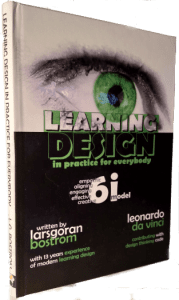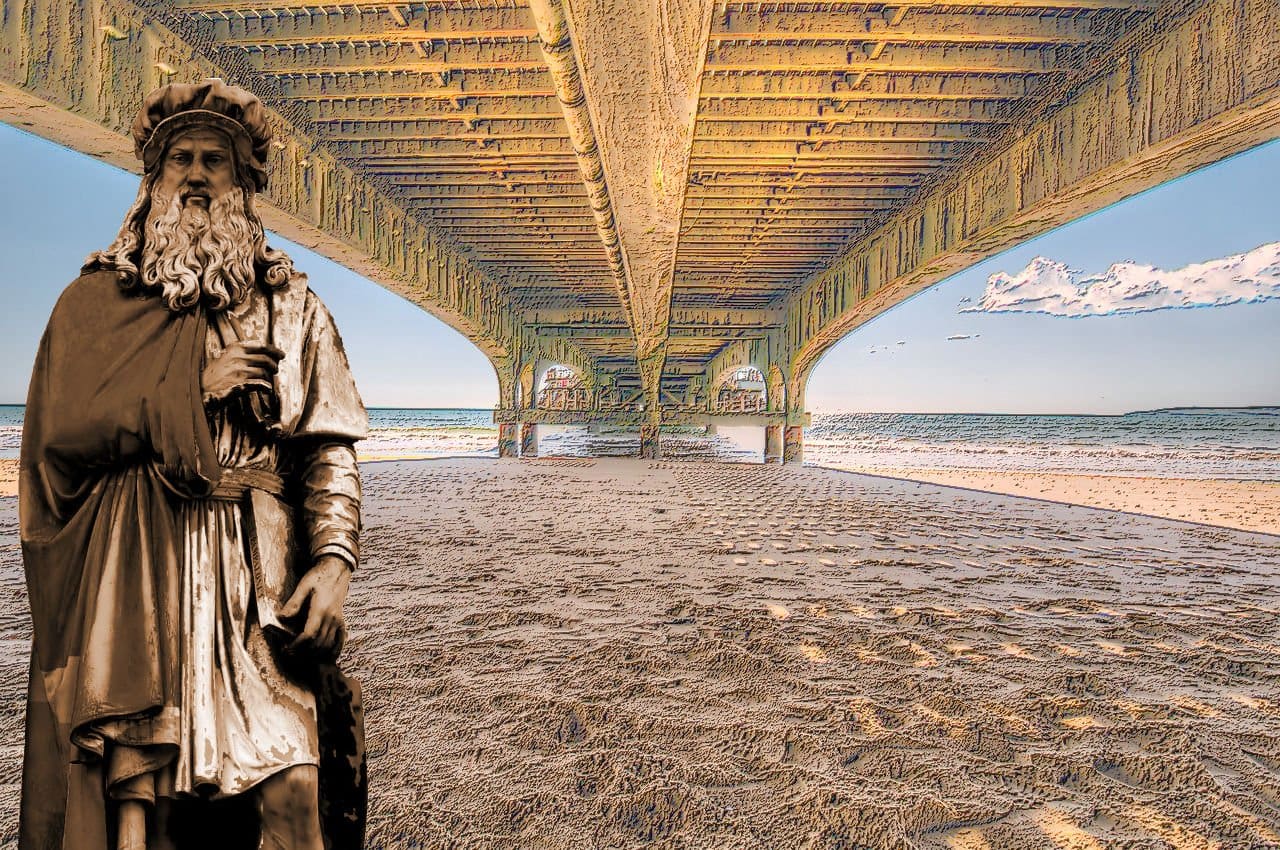 The purpose was to connect Istanbul and its neighbouring city Galata. It would have been by far the longest bridge at that time, 280 meters in total. However, the most impressive was Leonardo’s design that was completely different from bridges built-in 1502. When the design for the Istanbul-Galata bridge was made. His sketches show that instead of using ten or more piers that would have been common for such construction at that time. Leonardo planned to use one single gigantic arch for the construction. This would have made it possible for a sailboat to pass under it. That would have been a revolutionary innovation. But the question is, though Leonardo’s construction never was built, would it have worked?
The purpose was to connect Istanbul and its neighbouring city Galata. It would have been by far the longest bridge at that time, 280 meters in total. However, the most impressive was Leonardo’s design that was completely different from bridges built-in 1502. When the design for the Istanbul-Galata bridge was made. His sketches show that instead of using ten or more piers that would have been common for such construction at that time. Leonardo planned to use one single gigantic arch for the construction. This would have made it possible for a sailboat to pass under it. That would have been a revolutionary innovation. But the question is, though Leonardo’s construction never was built, would it have worked?
Careful modelling and 3-Printing to test 500 years old bridge design
A team of engineers from MIT has modelled Leonardo’s bridge design to find out if it actually would have worked. The results show that Leonardo’s geniality shines bright also in this project. The Sultan Bayezid II, head of the Ottoman Empire between 1481 to 1512, that was the one that initiated the project, would have been able to cross the water between Istanbul and Galata by foot. If the project had become a reality after Leonardo’s design.
Since, John Ochsendorf, professor of architecture and of civil and environmental engineering, and his team analyzed documents like Leonardo’s notebooks. Where the research focused on which materials and construction methods that were available in 1502 as well as geological conditions where the bridge would have been located. From this data, the team built a 3D-printed model to test the construction. The results were presented in Barcelona this week at the conference of the International Association for Shell and Spatial Structures.
NEWS FROM ELEARNINGWORLD MEDIA
 Leonardo’s notebooks are an extraordinary source of innovation that building bridges to our age. In the book Learning Design in Practice for Everybody you can read about the 6iModel that is based on 16 of Leonardo’s Design Thinking codes. The 6iModel is a guide and framework to improve the outcome and management of projects where creativity and innovation are the main driving forces. Click here for more information
Leonardo’s notebooks are an extraordinary source of innovation that building bridges to our age. In the book Learning Design in Practice for Everybody you can read about the 6iModel that is based on 16 of Leonardo’s Design Thinking codes. The 6iModel is a guide and framework to improve the outcome and management of projects where creativity and innovation are the main driving forces. Click here for more information
Opens in a new tab



